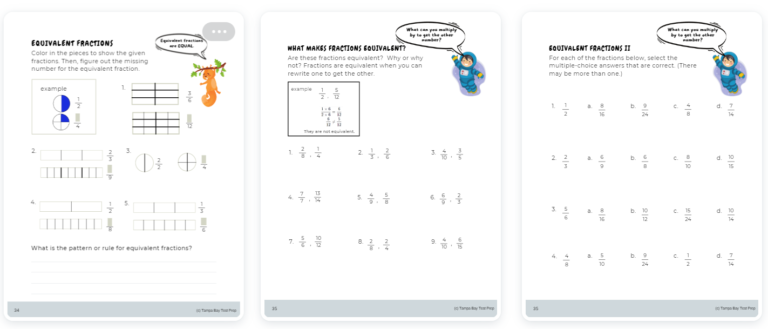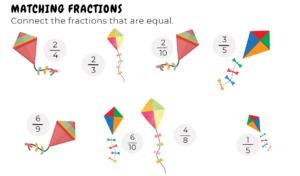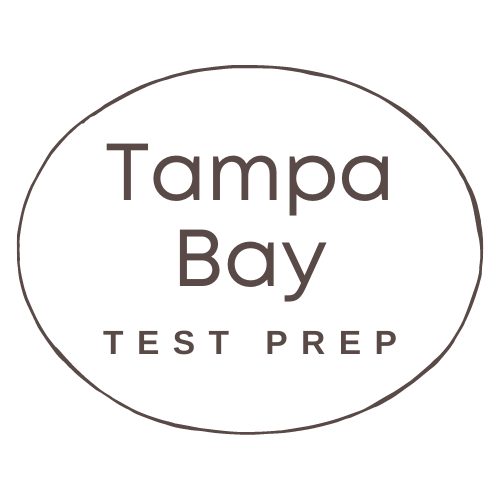A parent came to me just recently looking for help to build his student’s ability with math. Let’s call the student, Ajay.
The student was already advanced, getting high scores on his tests, and yet the parent was looking for help.
Why?
When it came to describing his thought process, showing it, or understanding key words or vocabulary in context, he was stuck. The student shied away from explaining things or showing work. And, he was starting to show difficulties in solving problems that he was unfamiliar with.
When it comes to reading and overall academic success, understanding the power of words is key.
We know that teaching vocabulary has a direct impact on comprehension. By introducing students to new terms, exposing them multiple times, and encouraging active engagement in their learning process, students improve their communication skills and better understand the meaning of these words that will be used throughout their academics.
Not only does this help with solving problems but also supports higher-level thinking as students are exposed to more advanced materials throughout their studies!
Robert Marzano, the author of Building Background Knowledge, laid out 6 steps to building academic vocabulary in the classroom:
1. Provide a description, explanation, or example of the term.
2. Ask the students to restate the description, explanation, or example in their own words.
3. Ask students to construct a picture, pictograph, or symbolic representation of the term.
4. Engage students periodically in activities that help them add to their knowledge of the terms in their vocabulary notebooks.
5. Periodically ask students to discuss the terms with one another (or with you, the teacher, or parent).
6. Involve students periodically in games that enable them to play with terms.
In our classes, we focus on building up the terms in this manner.
1. Look at real life context picture, pictograph, or symbolic representation of the term.
2. Provide a description, explanation, or example of the term.
3. Engage the students in activities that help them to categorize items using that term or compare and contrast items that have similar vocabulary terms.
4. Have students put the vocabulary term in their own words.
5. Have students take steps to apply new knowledge regarding that vocabulary term, including games that help them play with the term.
6. Review vocabulary through review of older problems or games for vocabulary like match-up games.
An example is how we introduce fractions in our Singapore Math 3B class. We start off by showing diagrams to help students visualize what a fraction is. These diagrams are accompanied by an explanation.

The teacher then guides the students through multiple worksheets during class where we engage students with the vocabulary. We have the students explain their methods or read the problems out loud to help them retain the terms better.

We then reinforce learning through fun activities like matching, Bingo, or flashcards.

By implementing these steps, we are able to build our students’ academic vocabulary that will help them in higher level classes.
Which step will you start with to build up your students’ academic vocabulary?
Resources:
1. https://www.ascd.org/books/building-background-knowledge-for-academic-achievement?variant=104017E4
2. https://www.ascd.org/el/articles/six-steps-to-better-vocabulary-instruction





